The Other Side of the PVC Coin
We hear talk about how PVC should be removed from the production in playground equipment because of the toxins left in the aftermath of a burned play structure manufactured with PVC. Well, it's always good to hear both sides of the story. We have manufacturers out there who may or may not use PVC in the production of their structures. Here is a recent report from the USGBC Panel, and it is noted as rejecting Blunt Instrument of Negative PVC Credit.
In February of 2007, the Vinyl Institute noted that the final report of a U.S. Green Building Council panel on PVC (vinyl) reaffirmed that PVC should not be noted with negative credit in the Council's Leadership in Energy and Environmental Design (LEED) rating system. The following comes from these findings. This is the right decision, said Tim Burns, President of the Vinyl Institute. The report given by the Council's Technical and Scientific Advisory Committee (TSAC), notes that materials-related credits could be termed as a blunt instrument, one that might send designers in the direction of choosing materials with a more negative life-cycle impact. There was a draft report issued in December 2004 with a similar result.
It was also found by the technical committee that data gaps hampered its efforts to reach general conclusions about these materials. There have been thousands of studies on PVC, and its health and environmental profile is well established. There are major data gaps for many competing materials.
The report of the committee was correct in stating that there are no simple yes or no answers to assessing the desirability of different building materials.
We agree with many of the recommendations of the technical committee relating to how materials are assessed in LEED. Specifically, we agree with the need for integrated methods for material evaluation rather than passing judgment on a particular credit for a particular material. Burns also notes concern about assumptions in the absence of sufficient data. This was especially evident in its comments on end-of-life issues, such as backyard burning and landfill fires, on which the committee acknowledged that its data were highly uncertain and in many cases anecdotal. The committee recognized that while the combustion of PVC can produce hazardous byproducts, the real-world occurrence of such events—and the relative contribution of playground structures to this problem—remains unclear. Without consistent, verifiable data, it’s difficult to weigh PVC’s risks against those of alternative materials, which may also release toxins or have significant environmental impacts during production, transport, or disposal.
Ultimately, the panel emphasized a more holistic, life-cycle approach to evaluating materials—one that considers sourcing, manufacturing, durability, maintenance, recyclability, and disposal, rather than isolating a single factor. This type of framework encourages designers and manufacturers to innovate in ways that improve overall environmental performance, rather than simply swapping one material for another without a complete understanding of trade-offs.
For the playground industry, this means that the conversation about PVC isn’t over—it’s evolving. The focus should be on transparent research, responsible sourcing, safe design practices, and education for those who install, maintain, and eventually decommission these structures. Whether PVC remains a part of future playground designs will likely depend less on blanket bans and more on data-driven, nuanced assessments that weigh its benefits, risks, and viable alternatives in a balanced way.
As communities invest in playgrounds that inspire active, healthy play, material choices should reflect both safety and sustainability. The PVC debate is a reminder that no single material is perfect—and that responsible design requires careful consideration of the full picture. By supporting research, engaging in transparent dialogue, and choosing products that balance durability, safety, and environmental stewardship, we can ensure that the places where children play today remain safe and sustainable for generations to come.

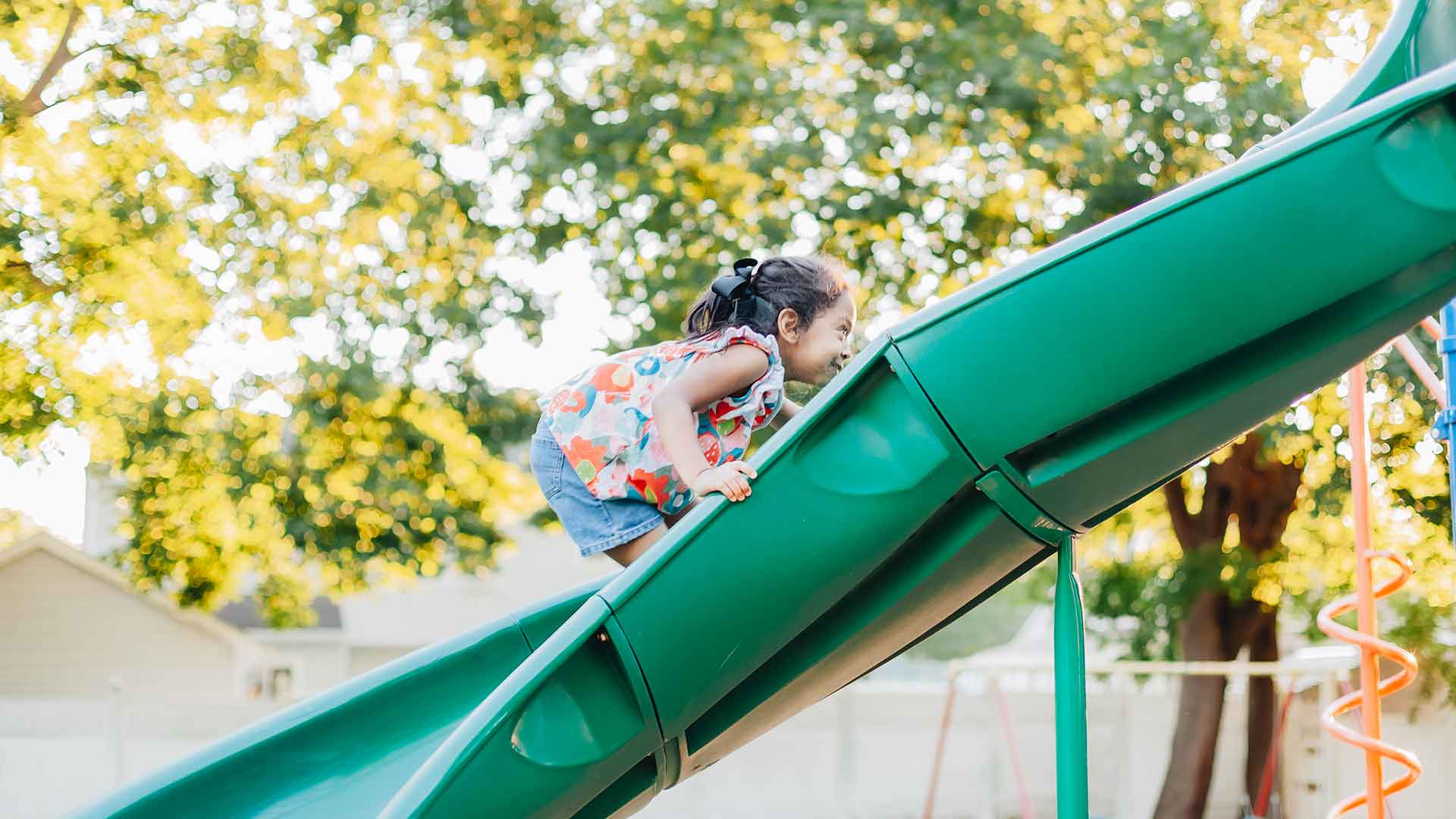
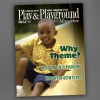
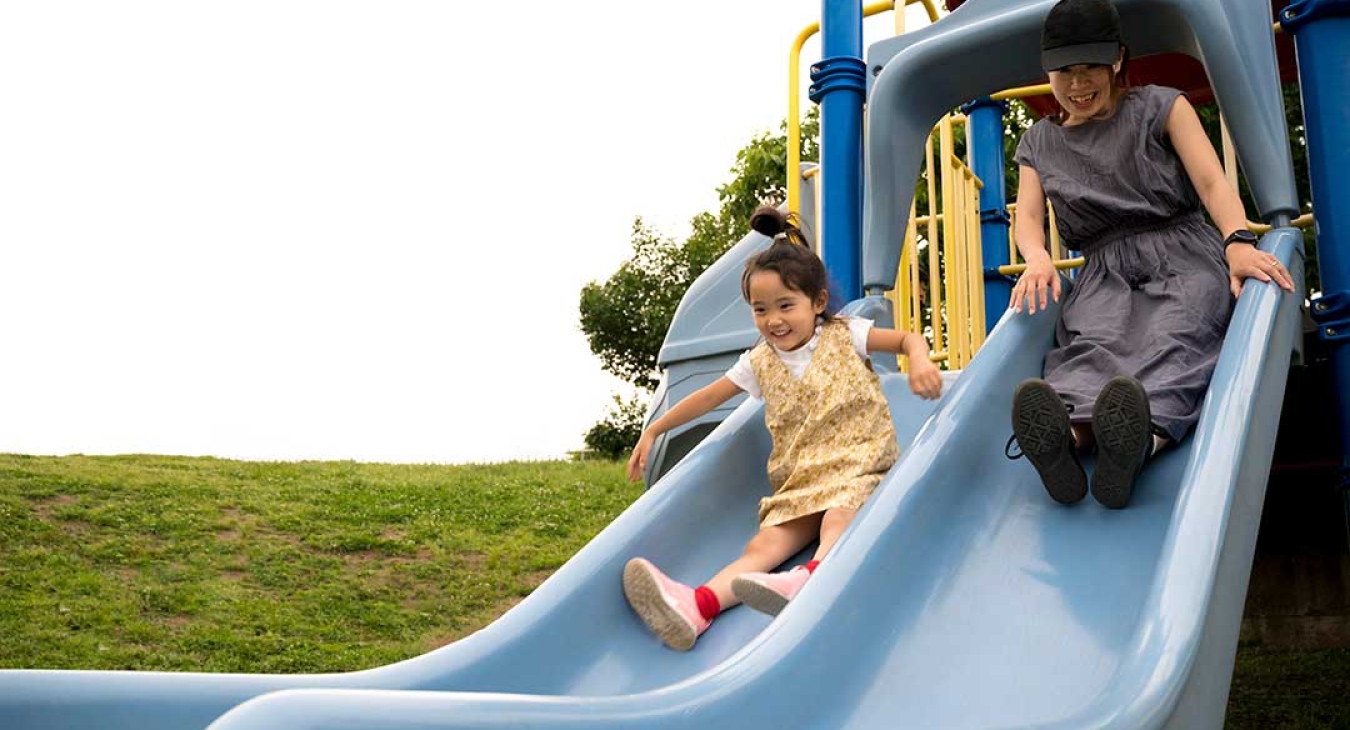
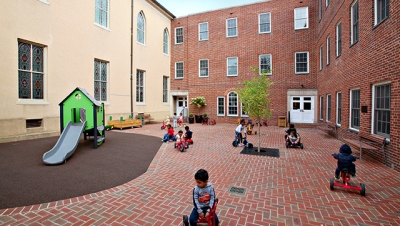

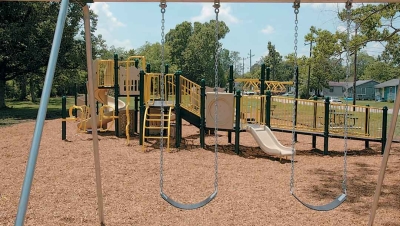

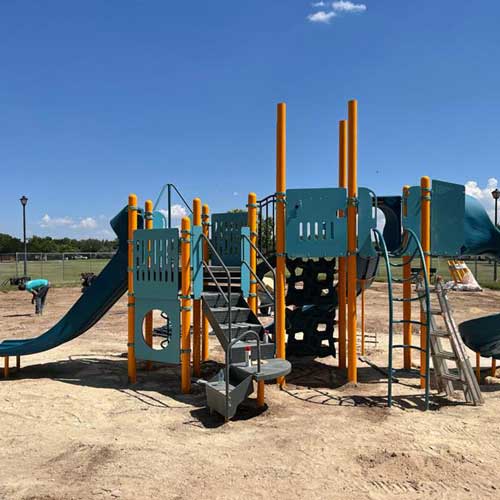




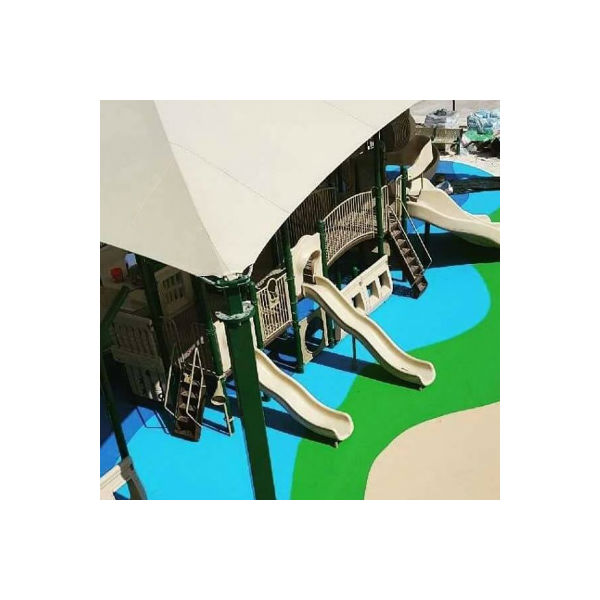







Add new comment